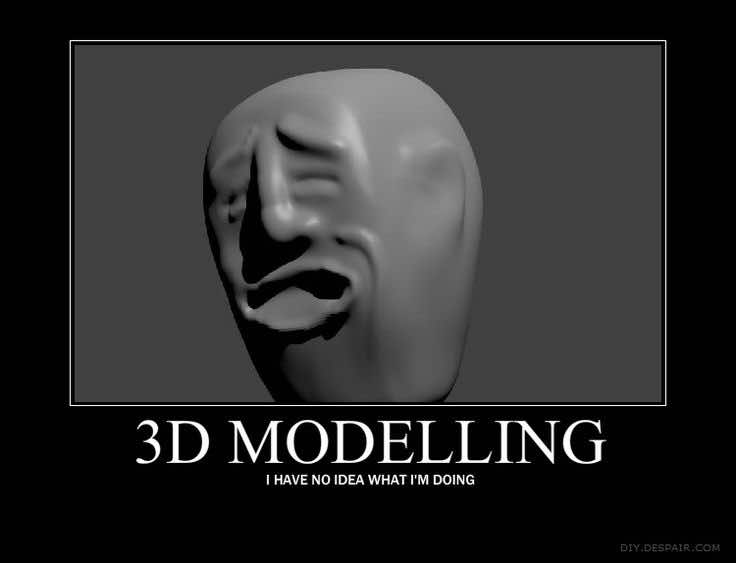3. Computer Aided design¶
This week I worked on defining my final project idea and started to getting used to the documentation process.
The time has come, the time to choose the final project. As I have already mentioned in the first assignment, I will bring a project concerning healthcare design. The idea consists in designing several objects (a kind of kit) that can help, or at least facilitate, actions of daily life for people suffering from tetraplagia and paraplegia. Each object will be designed with different techniques and machinery, with the intention of practicing and learning the way they work at 360°. I know that I will probably make this journey even more troubled and complex, especially since the only project I did in this field was for my degree thesis. Despite this, I prefer having to work harder, and perhaps even more time, knowing that I am satisfied with my final work and that I can say that I gave it all.
The programs that I will use for the project are: illustrator, for sketches, drawings and various graphics; autocad, for the 2D of the projects; and finally fusion 360 and blender for 3D modeling. I chose to use Fusion 360 because it is one of the three-dimensional modeling programs that I know less, and since it is parametric design it will help me to make inclusive projects easily customizable.
People suffering from paraplegia and quadriplegia have difficulty in many daily actions that go beyond just walking, such as washing, dressing, eating, driving, cooking, not to mention architectural barriers inside and outside the home. Many of them find tricks to adapt everyday objects to their needs, for example they customize their pants with velcro, to make the action of dressing/undressing easier for them and their caregiver, or they create some knobs to handle brushes for make-up or even cutlery to eat independently. Such creativity should be exploited! The risk that can occur in designing objects for people with disabilities is that the latter feel “different”, as if they needed special objects designed for them and only them. This is not the case, on the contrary, the purpose of this project will be to create devices suitable for everyone and totally inclusive, and to make them inclusive we must obviously also take into account those who have movement difficulties or cognitive difficulties etc. In order to do this, there is a need for a confrontation with several people, who are victims of their lives every day, when the reality is that we all deserve to be the main characters of our life, because a person is not his illness.
Moving on to these motivational speeches (which must always be remembered, memorized and ACTIVATED), let’s start talking about the first project.
“DITO” is a device designed to facilitate the action of leafing through the pages of a newspaper or book. It consists of a rubber thimble, which can be used for any finger of the hand, and also of the feet. Due to the material used, and the presence of small dots in relief on the surface, we have a perfect friction to turn the pages easily, maintaining the most natural movement of the hand.
The idea of this project was born after meeting with a quadriplegic patient, who has mobility in the biceps (he can raise his arms), but has no real control of the hands and fingers.
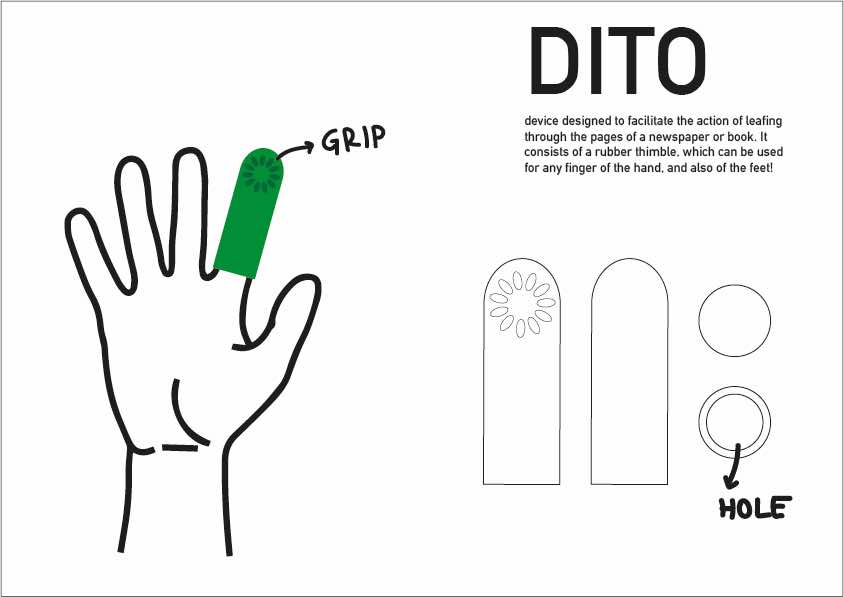
To make the 2d sketch I used Illustrator. To create the shape I used two parallel lines, one for the base and finally two arches on the top to re-create the shape of a finger. I created the grip pattern using an ellipse that I duplicated with the “radial repeat” command. I will modify this last part later in the 3d drawing, as casting an external spiral to the object would have been easier and cleaner to make.
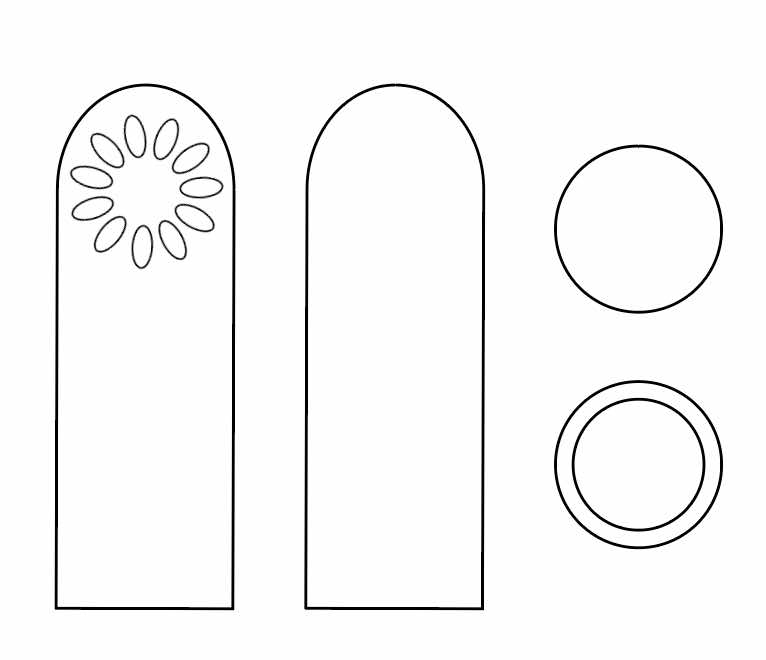
To make the 3D model I made an average of the diameter and length of the fingers, to be used more freely. Once I drew the profile I made a revolution, thus obtaining a large thimble.

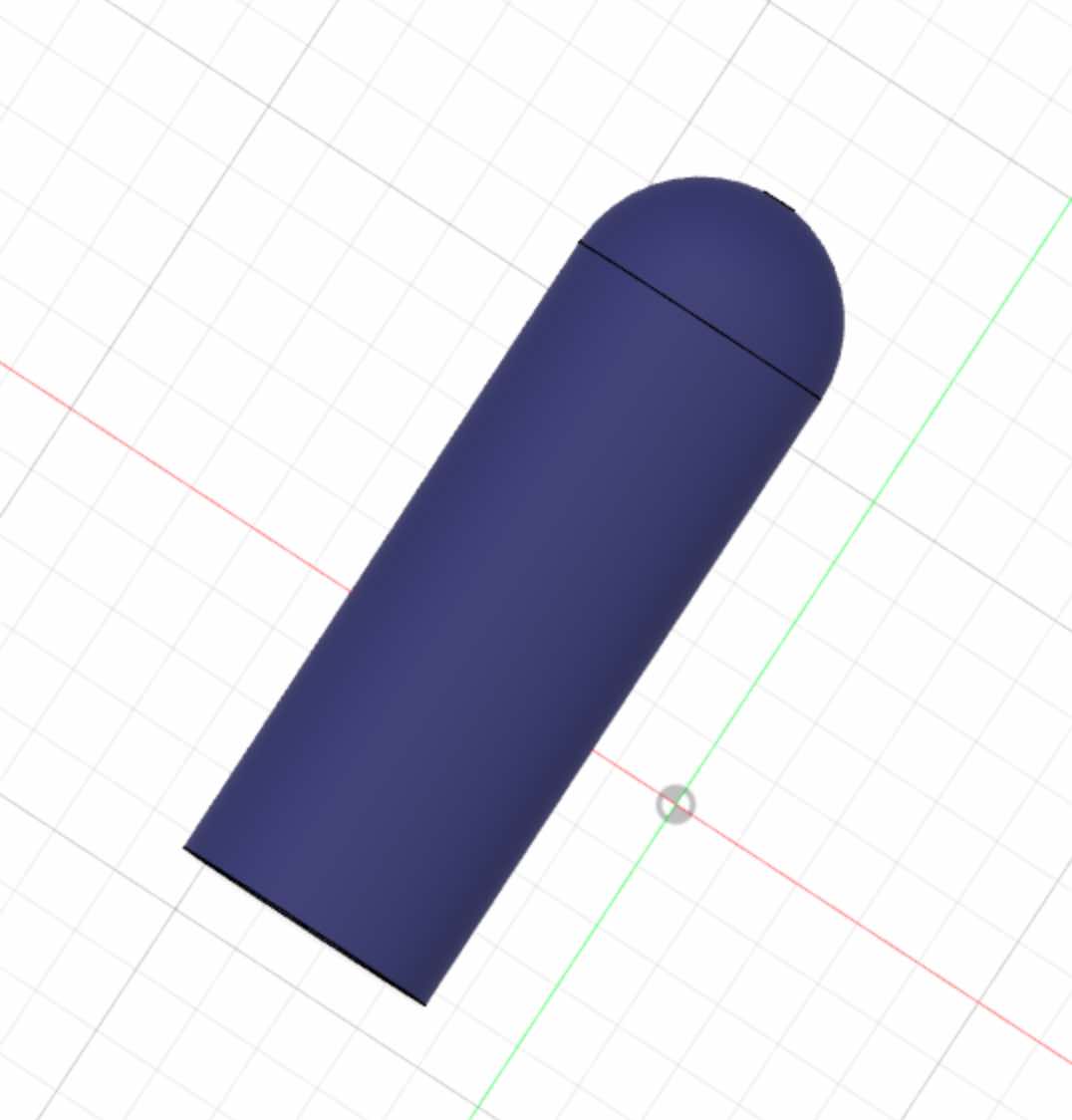
To create grips I used the command thread, thus creating a spiral along the whole object.
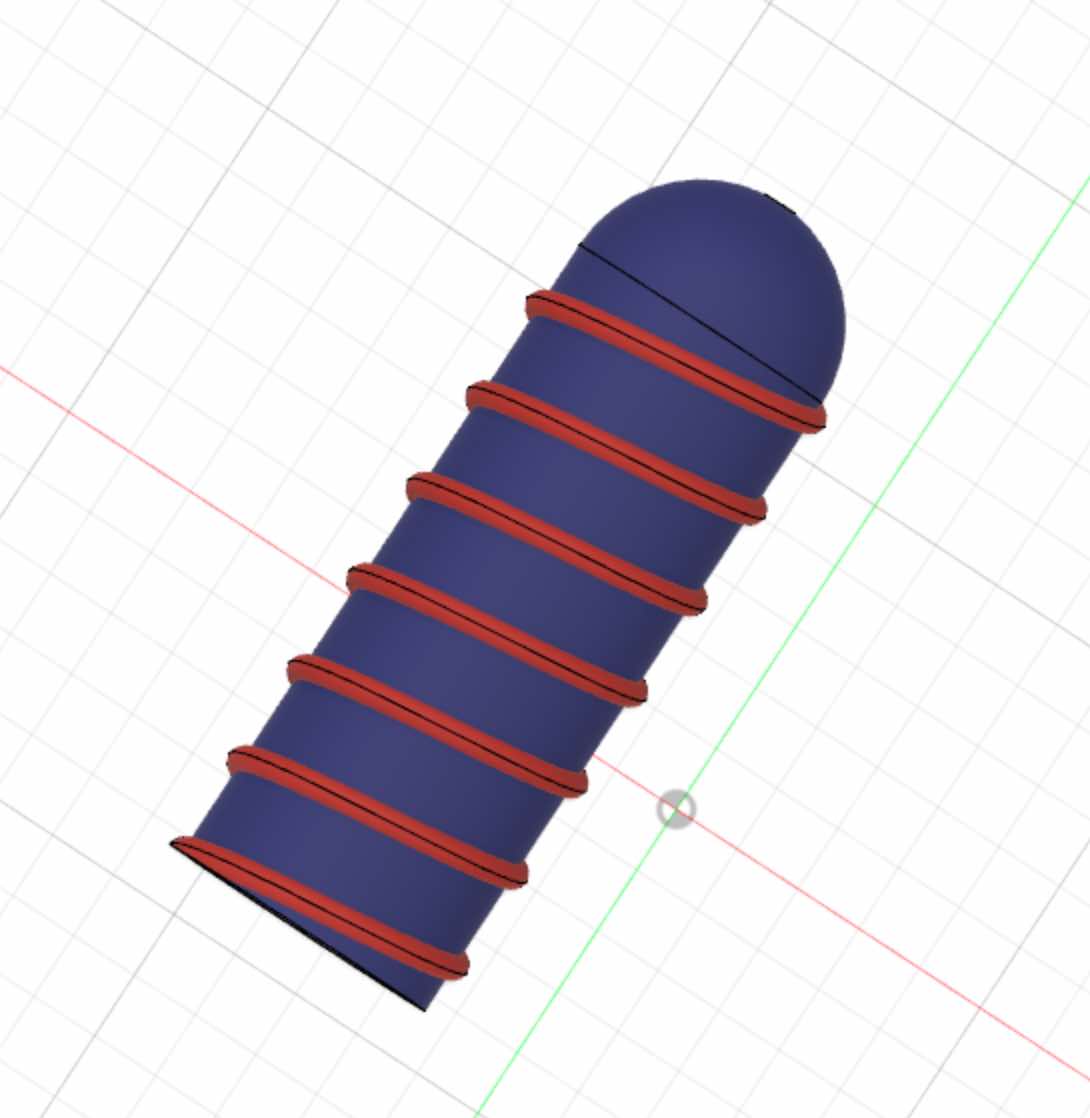
Your weekly meme:
